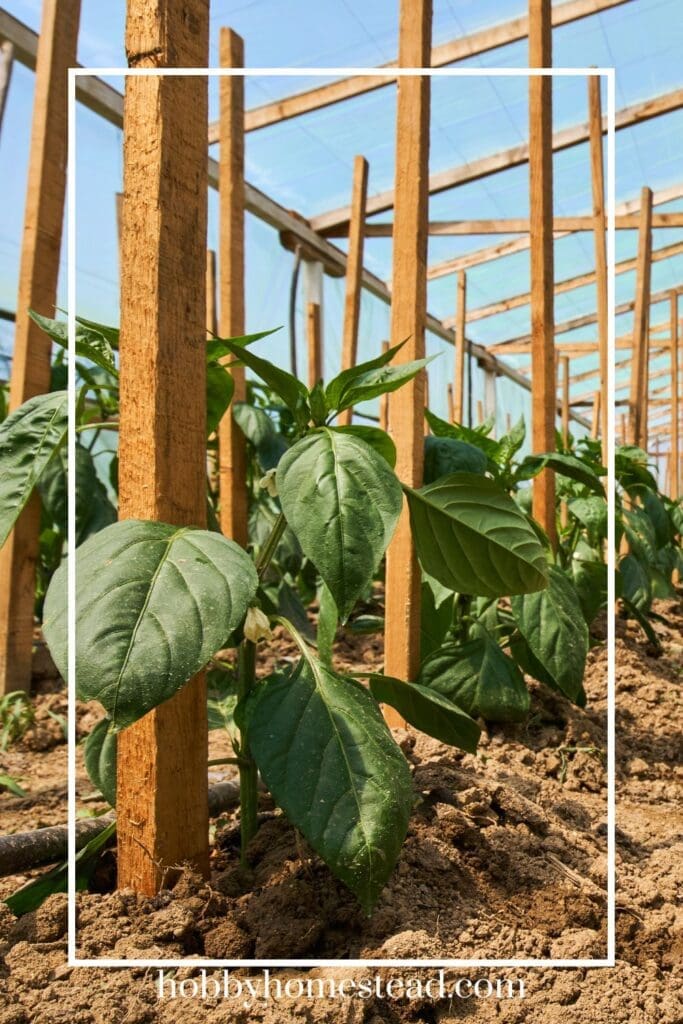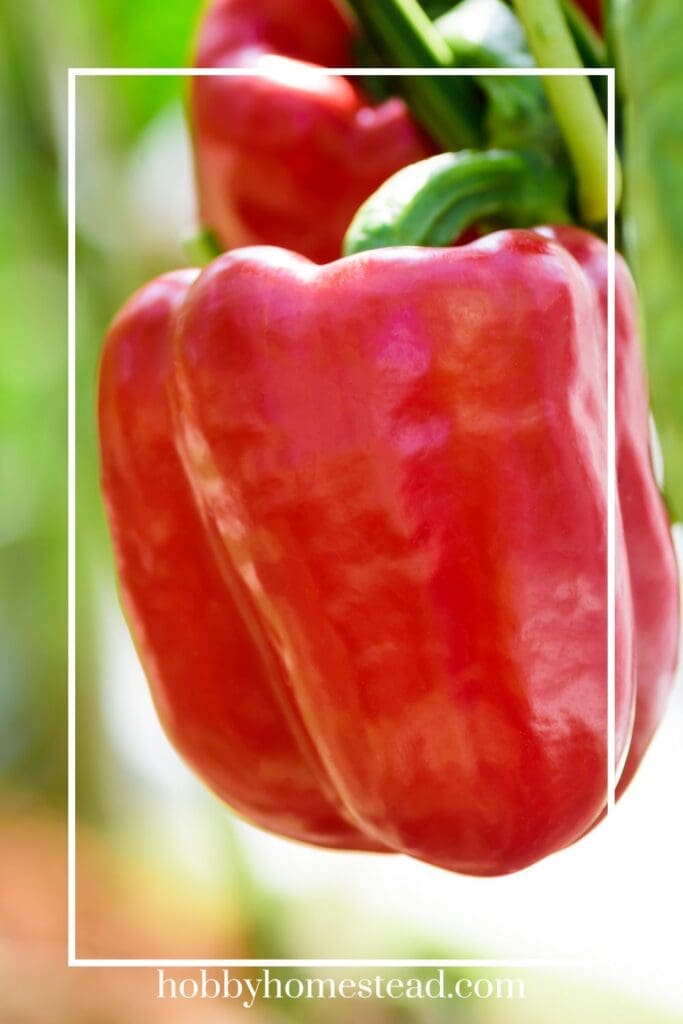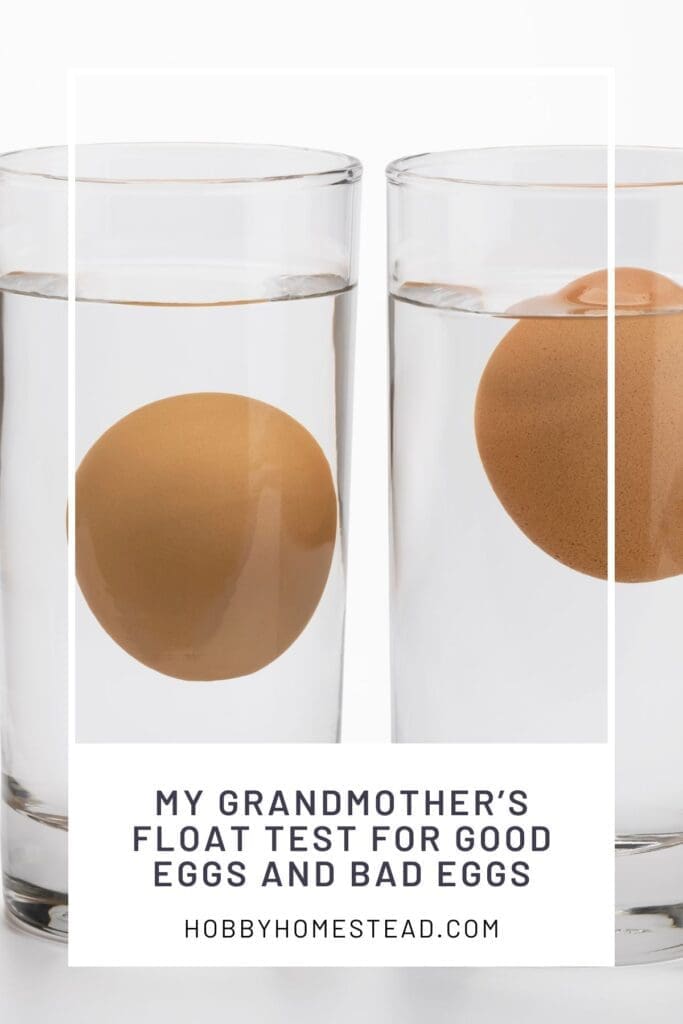It’s so easy to plant bell peppers in your backyard garden. They are a great addition to any vegetable garden. Whether you love them green, yellow, red, or purple, growing your own bell pepper plants is rewarding and easier than you might think.
These warm-season crops thrive in full sun, require consistent moisture, and do especially well in well-drained soil with good drainage.
Choose the Right Pepper Varieties
Bell peppers come in many options—from classic California Wonder to sweet bell peppers and even hot peppers like Capsicum annuum.
You can grow sweet peppers, red peppers, or even try colorful cultivars that mature to purple, orange, or yellow. Look for resistant varieties that stand up to insect pests and diseases like tobacco mosaic virus.
Check the seed packet for details like days to maturity, disease resistance, and ideal soil temperatures.

Table of contents
- Choose the Right Pepper Varieties
- Start Indoors in Late Winter or Early Spring
- 🌱 How to Start Peppers Indoors
- Transplanting Outdoors: Wait for Warm Weather
- Plant Pepper Seedlings with Care
- Caring for Your Bell Pepper Plants
- Hack for Getting Larger Fruit
- Watching Pests and Diseases
- Do bell peppers need a trellis
- When to Harvest Bell Peppers
- 🧊 How to Store Peppers
- Extra Tips for Backyard Success
- Can I grow bell peppers in pots?
- How long does it take to grow bell peppers from seed?
- What is the best soil for bell peppers?
- How much sun do bell peppers need?
- Why are my bell peppers staying green?
- How often should I water bell peppers?
- What pests should I watch out for?
- Gardens are Rewarding
- Reference
Start Indoors in Late Winter or Early Spring
Bell peppers need a long growing season, so it’s best to start your pepper seeds indoors in late winter or early spring, about 8–10 weeks before the last frost.
Use peat pots, potting mix, and grow lights to get them going. A heating mat or heat mats can help keep the soil temperatures between 70–85°F for faster germination. You’ll see true leaves after a few weeks.
If indoor seed starting isn’t your thing, grab starter pepper plants from a garden center in late April or early May, once night temperatures are consistently above 55°F.
🌱 How to Start Peppers Indoors
Starting pepper seeds indoors gives your bell pepper plants a head start on the long growing season they need to reach full maturity.
When to Start
- Sow seeds indoors about 8–10 weeks before the last frost in your area.
- In late winter or early spring, check the seed packet for variety-specific timing.
What You’ll Need
- Pepper seeds (like sweet peppers or hot peppers)
- Seed trays or peat pots with drainage holes
- Loamy soil or a quality potting mix
- Grow lights (for 12–16 hours a day)
- Heating mat to maintain soil temperatures of 75–85°F
- Plastic cover or dome to hold in heat and moisture
Steps to Success
- Fill trays with moist potting mix.
- Plant pepper seeds 1/4 inch deep.
- Place trays on a heating mat to help seeds germinate faster.
- Once true leaves appear, transplant into larger containers if needed.
- Keep under grow lights until it’s safe to plant pepper seedlings outdoors (after the danger of frost has passed).
🌞 Tip: Harden off young plants by gradually exposing them to outdoor conditions over 7–10 days.
Transplanting Outdoors: Wait for Warm Weather
Bell peppers are a warm-weather crop that won’t tolerate cold weather or the danger of frost. Wait until daytime temperatures are in the 70s and nighttime temperatures stay above 55°F.
Choose a sunny spot with full sun exposure—at least 6–8 hours a day. Avoid high winds and dry conditions by planting near a windbreak or using plastic mulch and row covers if needed.
Prepare the Soil for Healthy Plants
Bell peppers are heavy feeders, so test your soil first. A basic soil test will tell you if you need to add organic matter or adjust pH.
Ideal soil is loamy, rich in fertile soil, and offers good drainage. Avoid using much nitrogen, which causes lush leaves but fewer fruits. Mix in compost before planting, and make sure you’re using soil with drainage holes if growing in containers.
Plant Pepper Seedlings with Care
Space pepper seedlings about 18–24 inches apart. Keep them slightly deeper than they were in the pot to encourage strong roots. Use bamboo canes, tomato cages, or small stakes to support sturdy plants as they grow.
Water thoroughly after planting using soaker hoses or drip irrigation to maintain soil moisture without splashing leaves. This reduces risk of diseases like blossom end rot or flower drop.
Caring for Your Bell Pepper Plants
- Watering. Use soaker hoses to keep the soil evenly moist. Don’t let the soil dry out completely, especially in hot climates.
- Mulch. Add plastic mulch or straw around the base to retain moisture and suppress weeds.
- Feeding. Use a balanced fertilizer once fruit begins to set. Too much nitrogen early on will delay pepper production.
In hot temperatures, plants may pause production. A light row cover can help reduce stress during hot weather.
Hack for Getting Larger Fruit
When it comes to bell peppers, there are a few strategic pruning and pinching tips that can lead to healthier plants and bigger, better fruit—especially early in the growing season. Here’s how it works:
🌱 Should You Remove the First Flowers or Buds from Bell Peppers?
Yes, removing the first few flower buds (sometimes called “early blooms”) can help young plants focus their energy on developing strong roots and stems. This is especially helpful if you’re growing from pepper seedlings or starter pepper plants.
Why Remove Early Flowers?
- Encourages the plant to grow larger and stronger before fruiting
- Prevents small fruits or misshapen green bell peppers
- Supports better fruit set later in the season
- Helps the plant handle hot weather, nighttime temperature swings, and early insect pests
Just pinch off the first few buds by hand or use a sharp knife or small scissors. After a few weeks, let the plant set fruit as normal.
Watching Pests and Diseases
Bell peppers are part of the nightshade family, like tomatoes and eggplants, so rotate crops each year to prevent problems. Common issues include:
- Flea beetles
- Spider mites
- Plant bugs
- European corn borer
Use neem oil or insecticidal soap as needed. Monitor for dark spots, small fruits, or dropped blossoms—these can indicate blossom end rot, low calcium, or inconsistent watering.

Do bell peppers need a trellis
While bell peppers don’t require a trellis like climbing plants do, they do benefit from support—especially as they begin to bear heavy fruit.
Here’s what you need to know:
🌱 Why Bell Peppers Need Support (But Not a Trellis)
Bell pepper plants are not vining plants, so they don’t climb and won’t naturally cling to a trellis. However, as they grow and produce green bell peppers, red peppers, or sweet bell peppers, the branches can become top-heavy. Without support, the weight of the fruit or a gust of high winds can cause the plant to bend or break.
🪴 Best Support Options for Plants
Instead of a trellis, consider these options:
- Tomato cages. Excellent for providing 360-degree support. They keep branches upright and prevent breakage as the plant reaches full maturity.
- Bamboo canes. Inserted near the base of the plant and gently tied with garden twine. Ideal for smaller or container-grown peppers.
- Stakes. Wooden or plastic stakes can be used to support individual young plants or starter pepper plants.
🌼 When to Add Support
It’s best to stake your bell pepper plants shortly after transplanting them into the vegetable garden. Adding support early helps prevent disturbing the root system later.
✅ Quick Tips
- Always tie loosely to avoid cutting into stems.
- Use soft ties like garden tape or cloth strips.
- Support becomes even more important in hot climates or during periods of high temperatures when peppers grow quickly.
So, while a trellis isn’t necessary, some form of support goes a long way in keeping your pepper plants sturdy, productive, and healthy.
When to Harvest Bell Peppers
You can pick green peppers once they reach full size, or let them ripen to their full color for maximum vitamin C content and sweetness. Expect harvests in late summer, depending on your pepper varieties and planting time.
Use a sharp knife or garden scissors to cut the mature fruit from the plant without damaging the stem.
Do they Continue to Grow After Harvesting?
Yes, peppers can continue to ripen after being picked, but how much they ripen depends on how mature they were at harvest.
🟢 If Picked Green (Immature):
- Green bell peppers harvested too early may not ripen to full color (like red or yellow) once picked.
- They may soften or change slightly, but without enough stored energy, they often stay green.
🔴 If Picked Just Before Full Color:
- If a pepper has started to blush (show hints of red, yellow, or orange), it will usually finish ripening off the plant.
- Store it in a warm, well-ventilated spot out of direct sunlight.
- You can place it in a paper bag with a ripe banana or apple to speed up ripening (thanks to ethylene gas).
🍽️ Pro Tip:
Fully vine-ripened red bell peppers, sweet peppers, and hot peppers tend to have more flavor and higher vitamin C content than those ripened off the plant. So, for the best taste and nutrition, leave them on the plant until they reach full color whenever possible—especially in warm weather and late summer conditions.

🧊 How to Store Peppers
Proper storage helps extend the life of your sweet bell peppers, green peppers, or red peppers—whether freshly picked or store-bought.
🌡️ Storing Fresh Peppers
- Store unwashed green bell peppers or red bell peppers in the crisper drawer of your fridge.
- Use a plastic bag, beeswax wrap, or reusable containers to help maintain soil moisture–like conditions.
- They’ll last up to 1–2 weeks depending on ripeness.
❄️ Freezing Peppers
Peppers freeze well for long-term use in cooking.
- Wash and dry.
- Remove seeds and stems.
- Cut into strips or dice to size.
- Spread on a baking sheet and freeze until firm.
- Transfer to a zip-top bag or airtight container and store for up to 6 months.
🔥 Pro Tip: Frozen peppers are best used in cooked dishes, as they soften when thawed.
🌡️ Storing Dried or Cooked Peppers
- Hot peppers or red peppers can be air-dried or dehydrated.
- Store in glass jars or airtight containers in a cool, dark place.
- Cooked peppers can be refrigerated for 3–5 days in airtight containers.
Extra Tips for Backyard Success
- Crop rotation helps prevent soil-borne diseases.
- Choose disease-resistant varieties if your area has pest problems.
- Bell peppers do best in direct sunlight and warm, protected spaces.
- Use containers with drainage holes if you have limited garden space.
🌶️ Bell Pepper Growing
Can I grow bell peppers in pots?
Yes, bell peppers grow very well in pots! Choose a container that’s at least 12 inches deep and wide, with plenty of drainage holes.
Use a high-quality potting mix rich in organic matter and place the pot in a sunny spot with at least 6–8 hours of direct sunlight. Container peppers still need consistent moisture, so consider using soaker hoses or drip irrigation if you’re growing multiple pots.
How long does it take to grow bell peppers from seed?
From seed to harvest, sweet bell peppers typically take 60–90 days, depending on the variety. Start pepper seeds indoors in late winter or early spring, about 8–10 weeks before the last frost, to give them the long growing season they need.
What is the best soil for bell peppers?
Bell peppers thrive in loamy soil that is well-drained, rich in organic matter, and slightly acidic to neutral (pH 6.2–7.0). Perform a soil test to check nutrient levels. Avoid planting in cold or compacted soil, and don’t use much nitrogen, which can reduce fruit set.
How much sun do bell peppers need?
Bell pepper plants need full sun, which means at least 6–8 hours of direct sunlight each day. In hot climates, partial afternoon shade can prevent stress and flower drop caused by hot temperatures.
Why are my bell peppers staying green?
Most green peppers are simply immature bell peppers. With time, they’ll ripen into red bell peppers, yellow, orange, or even purple, depending on the variety. Letting them reach full maturity improves flavor and increases vitamin C content.
How often should I water bell peppers?
Keep the soil consistently moist, but not soggy. Use soaker hoses or drip irrigation to maintain soil moisture and prevent blossom end rot. Dry conditions and inconsistent watering can also affect fruit set and lead to problems like dark spots.
What pests should I watch out for?
Common pests include flea beetles, spider mites, plant bugs, and European corn borers. Choose resistant varieties, use row cover early in the season, and practice crop rotation to reduce pest buildup in your vegetable garden.
Gardens are Rewarding
Growing bell pepper plants at home is simple with the right tools and timing. From seeing the seed starting in early spring to enjoying crisp, colorful sweet peppers in late summer, the process is straightforward and rewarding. Whether you’re growing hot peppers, green bell peppers, or experimenting with Capsicum annuum in every shade, these easy steps will take you a long way toward a thriving vegetable garden.
Reference
Almanac. How to Grow Bell Peppers: Plant, Grow & Harvest Sweet Peppers.


